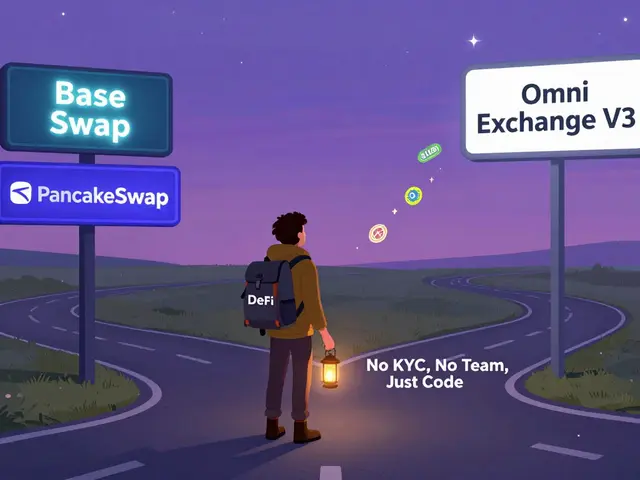Price Volatility in Crypto
When talking about price volatility, the rapid and often unpredictable changes in a cryptocurrency’s market price. Also known as crypto price swings, it shapes every trader’s day-to-day decision making.
Understanding price volatility starts with a few core concepts. cryptocurrency market cap, the total dollar value of all coins in circulation reflects how much money is invested overall; a higher cap usually buffers against extreme moves, but sudden shifts can still rip through. liquidity, the ease with which a token can be bought or sold without moving the price acts like the oil in a machine—low liquidity means a small trade can cause a big swing. trading volume, the total amount of coins exchanged in a given period fuels the speed of price changes; spikes in volume often precede big moves. Together, these entities create a feedback loop: price volatility influences trading volume, which in turn affects liquidity, and all three shape market cap fluctuations.
Key Drivers of Crypto Price Swings
Beyond the three core metrics, real‑world events push volatility up or down. A new airdrop, like the recent VERSE token distribution, can attract a flood of new holders, inflating volume and temporarily boosting price—then the hype fades and the token slides. Mining‑related news, such as changes in energy costs in Kazakhstan or new tax regimes, shift supply expectations and stir the market. Regulatory updates—like the CLARITY Act in the US or new banking restrictions in Cyprus—often cause sharp, short‑term spikes as investors scramble to adjust positions.
Stablecoins add another layer. While XTUSD aims to peg to the dollar, any audit findings or peg‑break worries ripple through the broader market, creating cross‑asset volatility. Similarly, DeFi projects that promise high yields (think WagyuSwap or QuickSwap V3) can draw massive inflows, expanding volume and reducing perceived risk, only to reverse when rewards shrink. Even security concerns—exposures uncovered in exchanges like BITCOINBING—trigger sell‑offs that ripple across correlated assets.
So how do you stay on top of these shifts? First, monitor market cap and liquidity dashboards to spot thin‑trading conditions. Second, watch volume spikes for early warning of upcoming moves. Third, keep an eye on news feeds covering airdrops, mining policies, and regulatory changes. Finally, diversify with low‑volatility assets like reputable stablecoins to soften blows during turbulent periods.
The articles below dive deeper into each of these angles—airdrop mechanics, mining‑friendly jurisdictions, VPN usage in restricted markets, stablecoin risk, and more. Browse the collection to see how price volatility plays out in real scenarios and pick up actionable tips you can apply right away.
Content Bitcoin (CTB) Explained: AI Crypto Coin Overview
A clear, detailed look at Content Bitcoin (CTB), covering its AI focus, market data, liquidity issues, red flags, and how to trade it.





